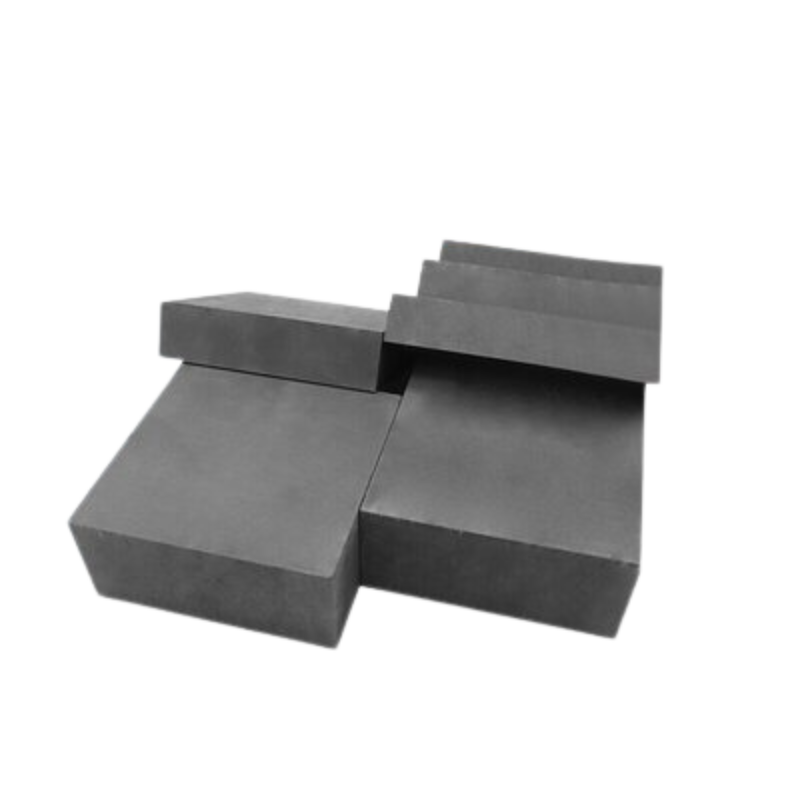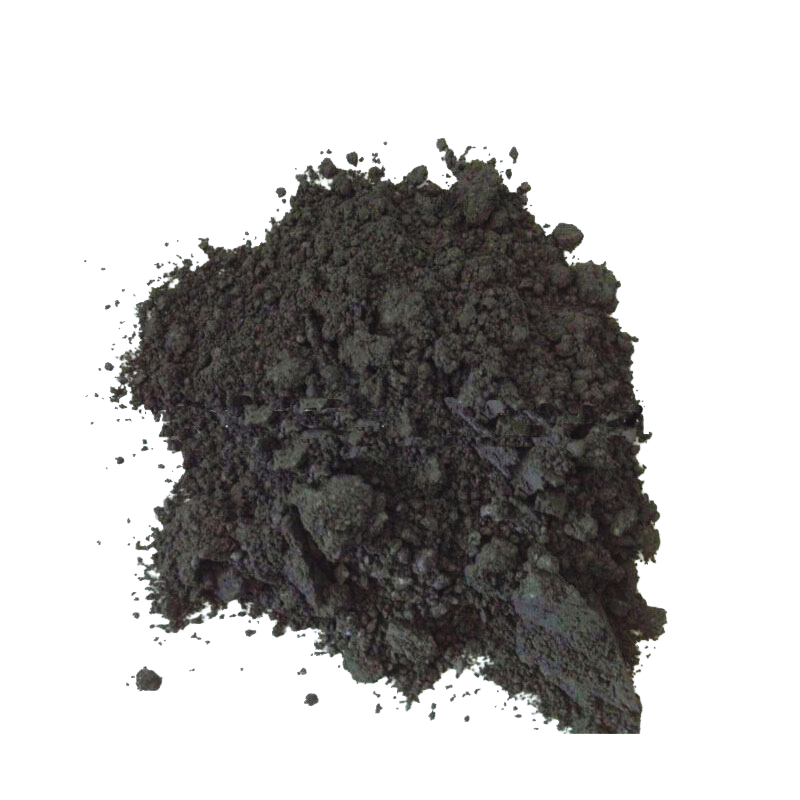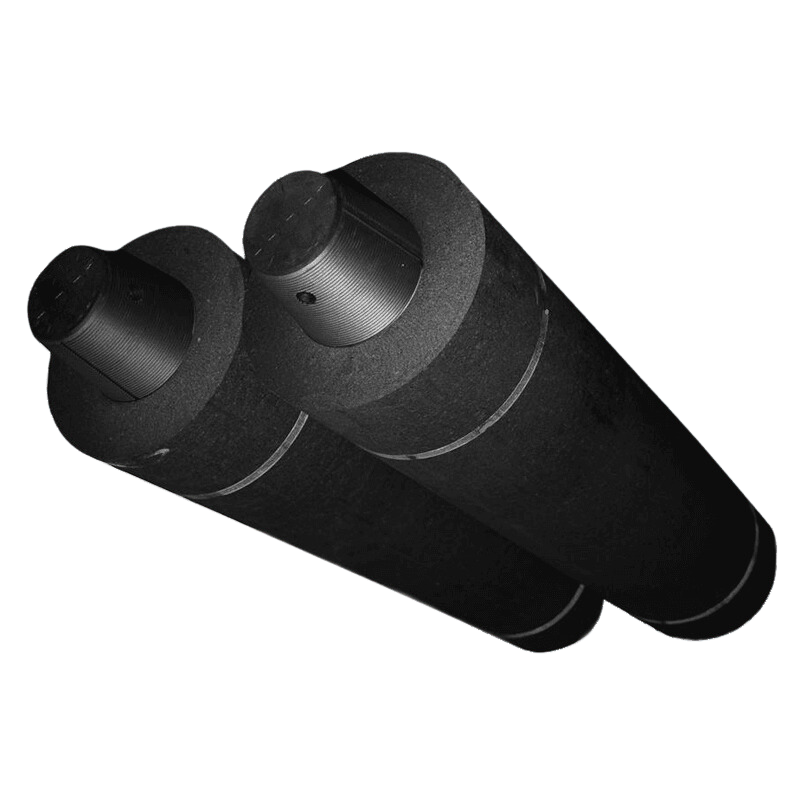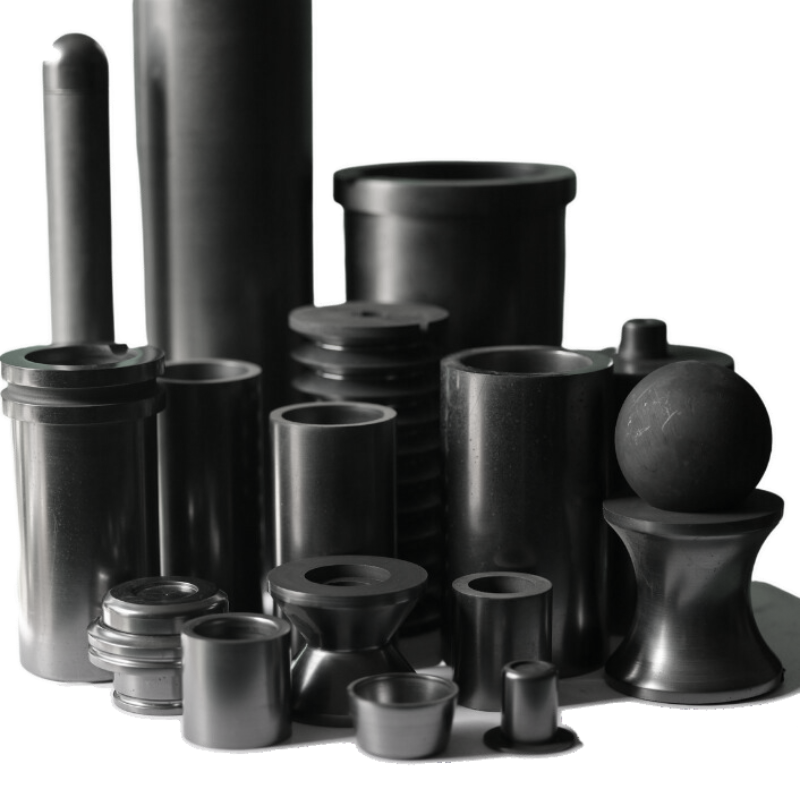Introduction:
Graphite molds play a pivotal role in numerous industrial applications, particularly in the realm of high-temperature processes and precision manufacturing. Their ability to withstand extreme temperatures and maintain structural integrity makes them indispensable in crafting intricate components and conducting precise experiments. In this article, we delve into the fascinating world of thermal conductivity enhancements in graphite molds, exploring how advancements in this area contribute to improved performance and accuracy.
Understanding the Significance of Thermal Conductivity in Graphite Molds:
Thermal conductivity is a critical factor in the efficiency of graphite molds. It determines how effectively heat is transferred within the mold, influencing the overall performance of various processes such as casting, sintering, and crystallization. A higher thermal conductivity ensures uniform temperature distribution, reducing thermal gradients and enhancing the reproducibility of manufacturing processes.
Advancements in Graphite Mold Technology:
In recent years, researchers and engineers have been dedicated to enhancing the thermal conductivity of graphite molds. One notable approach involves the integration of advanced materials and the optimization of graphite structures. By carefully selecting graphite with superior thermal properties, manufacturers can significantly improve the mold’s ability to conduct heat.
Graphene, a single layer of carbon atoms arranged in a hexagonal lattice, has emerged as a game-changer in this field. When incorporated into graphite molds, graphene acts as a thermal conductor, facilitating rapid heat transfer and minimizing heat losses during the manufacturing process. This innovation has opened new avenues for achieving unprecedented levels of precision in temperature-sensitive applications.
Tailoring Graphite Composition for Optimal Thermal Performance:
Graphite molds can be customized by adjusting their composition to achieve specific thermal conductivity targets. Fine-tuning the ratio of graphite to other materials allows manufacturers to create molds with enhanced thermal properties. This process not only optimizes thermal conductivity but also ensures the mold’s durability and longevity, critical factors in industrial settings.
The Role of Microstructures in Thermal Conductivity:
Microstructural engineering is another key aspect of enhancing thermal conductivity in graphite molds. By carefully manipulating the microstructure of the graphite, researchers can create pathways for efficient heat conduction. This involves controlling the orientation of graphite grains and minimizing defects that could impede the flow of heat. The result is a graphite mold with improved thermal performance and a more consistent temperature profile.
Real-world Applications:
The impact of enhanced thermal conductivity in graphite molds extends across various industries. In the realm of precision casting, for example, the use of advanced graphite molds allows for the production of intricate components with minimal thermal distortion. Similarly, in the semiconductor industry, where precision is paramount, the adoption of high-thermal-conductivity graphite molds ensures uniform heat distribution during processes like silicon crystal growth.
For those seeking graphite molds with superior thermal conductivity, it is essential to collaborate with suppliers who prioritize advancements in material science and engineering. High-quality graphite molds with enhanced thermal properties can revolutionize manufacturing processes, offering a competitive edge in industries where precision and efficiency are non-negotiable.
Conclusion:
As we journey through the landscape of thermal conductivity enhancements in graphite molds, it becomes evident that these innovations are reshaping the possibilities in precision manufacturing. Graphite molds, once seen as static components, are evolving into dynamic tools that can be tailored to meet the unique demands of diverse industries. The integration of advanced materials, microstructural engineering, and tailored compositions is paving the way for a future where thermal conductivity is not just a feature but a defining characteristic of graphite molds, unlocking new frontiers in precision and efficiency.





